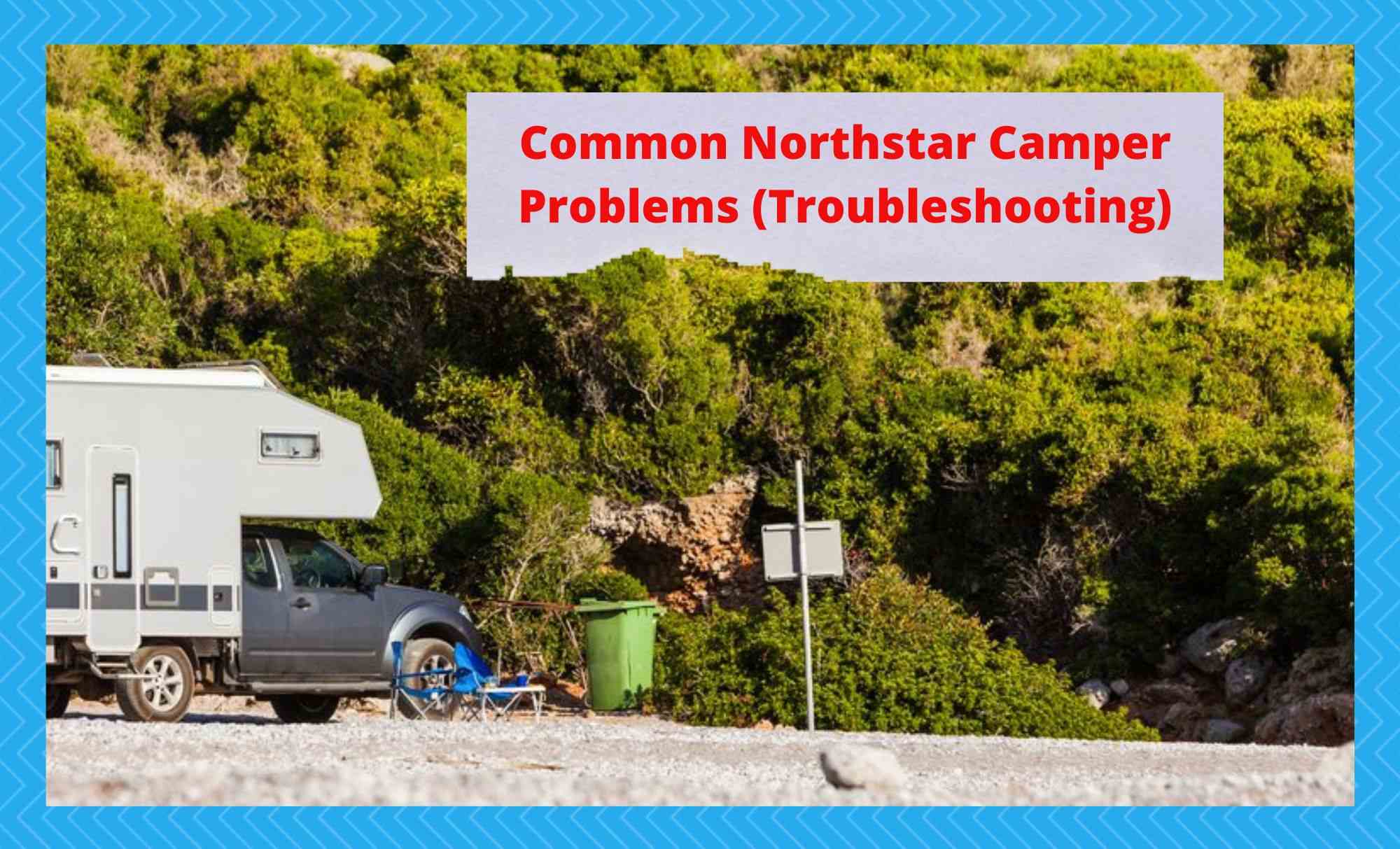
Northstar camping trailers are a popular choice for outdoor enthusiasts, but like any complex piece of machinery, they can experience problems from time to time. They are comprised of all of the essential amenities we would find at home but have the difficulty of operating off-grid while being pulled all over the country.
Therefore, their tendency to experience a range of problems is unsurprising. In this article, we will discuss some common Northstar camper problems and how to troubleshoot them.
Troubleshooting Common Northstar Camper Problems
1. Electrical Problems
Electrical problems can be caused by a number of issues, such as faulty wiring systems, blown fuses, or damaged electrical components. To troubleshoot this issue, start by checking the electrical system for any loose or damaged wiring. Check the fuses and replace any that are blown.
If the electrical problem persists, you may need to have an electrician diagnose and repair the issue. However, Northstar has been associated with a number of more specific issues related to its electrical systems.
Firstly, it is renowned for its poor-quality onboard leisure battery. Essentially, it appears as if there has been a great deal of effort to equip the camper with cutting-edge technology onboard. However, this effort has not been followed through with a robust and appropriate battery setup to supply the complex appliances.
There have been various reports from angry consumers that have suggested that their batteries go flat within a few hours of off-grid use and die prematurely from working at their limits. The next best course of action is to replace the current battery or add an additional unit to expand the battery capacity.
An inverter is an ingenious device that is utilized to transform the state of electrical energy to power particular devices optimally. In RVs, an inverter is used to transform 12 volts of DC current from the battery stored into high-voltage AC power emulating a mains outlet.
The factory inverter in the Northstar campers is known for blowing its fuse regularly. Although it is designed to take at least 1500 watts of continual power draw, it appears to be temperamental. Replacing the high amp fuses on the inverter is a challenging task and ultimately costs money to rectify continually.
One of the key factors that are suggested to be the source of many of the electrical faults is a tendency to experience power surges. The source of the surge remains undetermined. These power sources are more common in RVs compared to typical homes due to the unconventional means of accessing energy.
The most likely source is a fault in the fuse board, which monitors the electrical energy taken during a mains hook-up at a camping site. Effectively, the RV is linked to the mains system as a means of powering all of the onboard appliances as well as charging the battery system.
However, if the fuse board fails to prevent excess current, it can easily cause an ongoing power surge that damages equipment. To troubleshoot, get a local electrician to perform an electrical service on the RV to find the source of the fault. It is a highly technical task that is best left to the professionals.
By addressing these common RV electrical problems, you can help keep your RV’s electrical system functioning properly. If the problem persists, it is recommended that owners seek the assistance of a professional RV technician.
2. Leaks
Leaks can be caused by damage to the roof or water tanks or by poor seals around windows or doors. The Northstars are renowned for poorly fitted trim pieces that are designed to protect joints from allowing water to ingress.
Pay particular attention to the roof and window edges, where most of the problems have been reported. These issues arise at random and do not affect some owners as much as others.
There are also weather conditions that allow for leaks to occur at an accelerated rate. Therefore, the best means of troubleshooting it to continually inspect the RV periodically to rectify issues as soon as they occur. Even a tiny amount of water can create long-term damage, so be as diligent as possible.
3. AC Issues
If your air conditioner isn’t working properly, it could be due to a faulty thermostat, clogged air filters, or a damaged fan. To resolve this issue, start by checking the thermostat and replacing it if it’s faulty.
Clean the air filters and replace them if they’re dirty. If the A/C still isn’t working, you may need to have a professional diagnose and repair the issue.
4. Plumbing Problems
Plumbing problems can be caused by clogged pipes, faulty valves, or damaged pumps. It is, though, that many of the pipes used are too small for the job, which encourages compactions and premature deterioration.
Unfortunately, problems are typically noticeable once it is too late. Start by checking the pipes and valves for any clogs or damage as regularly as possible and observe if the draining system becomes sluggish or slow over time. Use store-bought chemical pipe cleaners to corrode organic blockages as they occur.
Alternatively, a more difficult but effective method would be to replace the piping with larger versions. This has a lot of implications regarding the viability of the current connection points. However, it is the most effective method for resolving this issue permanently.
5. Gas Issues
If your propane system isn’t working properly, it could be due to a clogged regulator, a faulty valve, or a damaged hose. Unfortunately, the Northstar gar regulation and supply components are notorious for issues. Generally speaking, they are considered cheap and not fit for purpose.
To troubleshoot this issue, start by checking the regulator, valve, and hose for any damage or clogs, particularly after a long period between refills. If the propane problem persists, you may need to have a professional diagnose and repair the issue.
Dealing with flammable gas is highly dangerous, and all cautions should be taken to guarantee safety. Ideally, contact a local experienced technician to guarantee the best possible outcome.
6. Brake Issues
If your brakes aren’t working properly, it could be due to worn brake pads, a faulty master cylinder, or a damaged brake line. To troubleshoot this issue, start by checking the brake pads for wear, and replace them if they’re worn.
Check the master cylinder and brake line for any damage, and repair any issues that you find. If the brake problem persists, you may need to have a professional diagnose and repair the issue.
Unfortunately, brake problems are not something to leave until later. This issue must be addressed as soon as a problem arises, even if you are in the middle of a relaxing vacation.
Brakes are essentially the only major safety feature necessary for driving. Although we might be able to deal with faulty electricity, compromised brakes are not something to leave until later.
7. Towing
If your camper is not towing properly, it could be due to a faulty hitch, worn ball joints, or a damaged hitch receiver. It is thought that the towing components are constructed using poor-quality steel that is less robust than more expensive alternatives.
To troubleshoot this issue, start by checking the hitch, ball joints, and hitch receiver for any damage or wear. To prevent the need for upgrading the tow hitch, make sure to always work within the manufacturer’s instructions for towing.
Ensure that the camper is kept within the required weight limit and that the connecting and detaching process is completed accurately every time. This will minimize the risk of damage over time and prevent unnecessary investment into an upgrade.
8. Suspension Failure
If your camper’s suspension isn’t working properly, it could be due to worn shock absorbers, damaged springs, or a faulty suspension system. Often this is a result of overloading the camper, focusing the weight above particular wheels.
This will amplify the speed of degeneration to the already delicate suspension components. To troubleshoot this issue, start by checking the shock absorbers and springs for any damage or wear regularly to resolve the issue before a more serious implication occurs.
If the suspension problem persists, you may need to have a professional diagnose and repair the issue. Additionally, try not to focus items in particular areas of the vehicle, spreading the weight thoroughly when possible.
Conclusion
In conclusion, these are some of the most common Northstar camper problems and how to address them effectively. It’s important to take good care of your camper and have it serviced regularly to prevent issues from occurring.
Most of these issues are reasonably challenging to resolve fully. However, the more thoroughly the problems are addressed, the better the vacation experience. So, act swiftly and diligently to ensure that you have the best possible RV for the longest possible time.

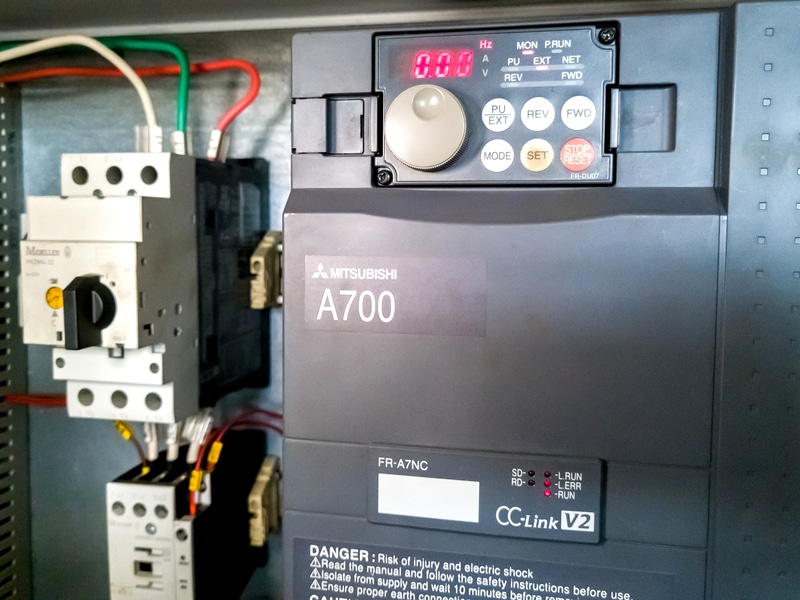
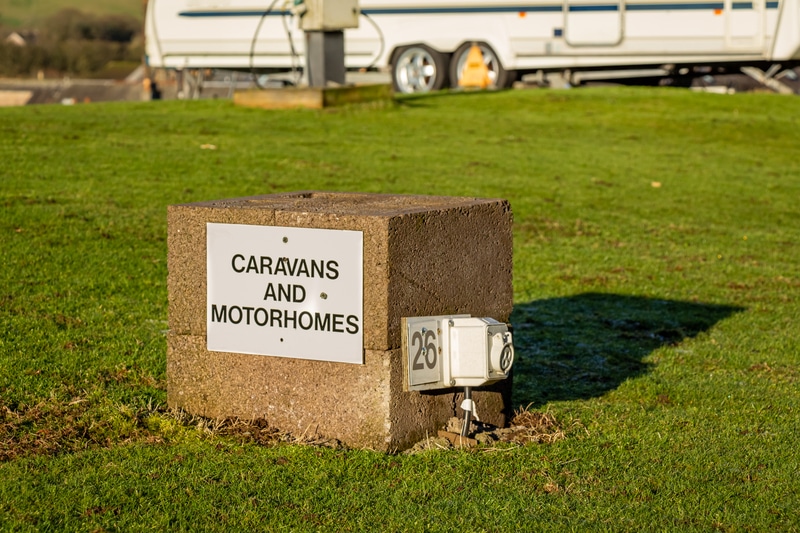
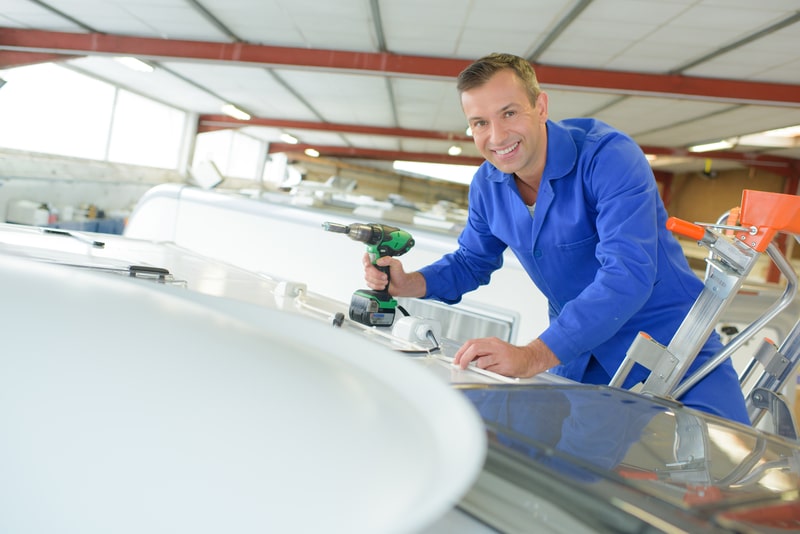
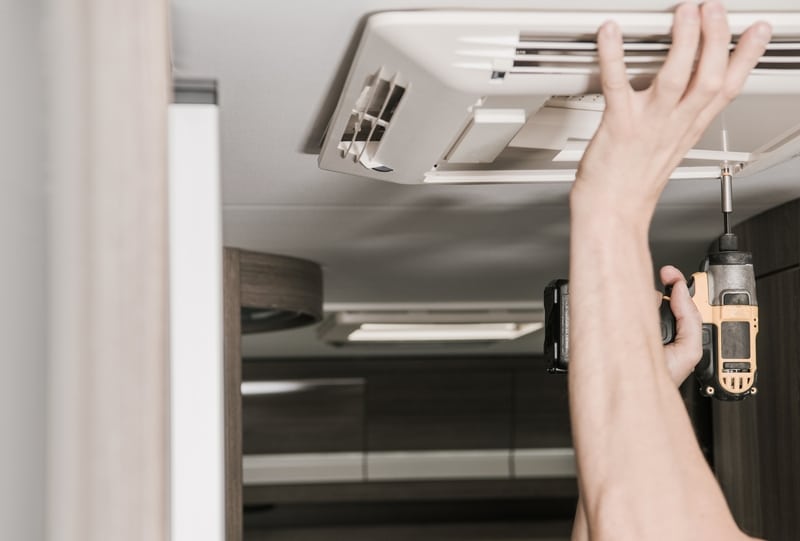
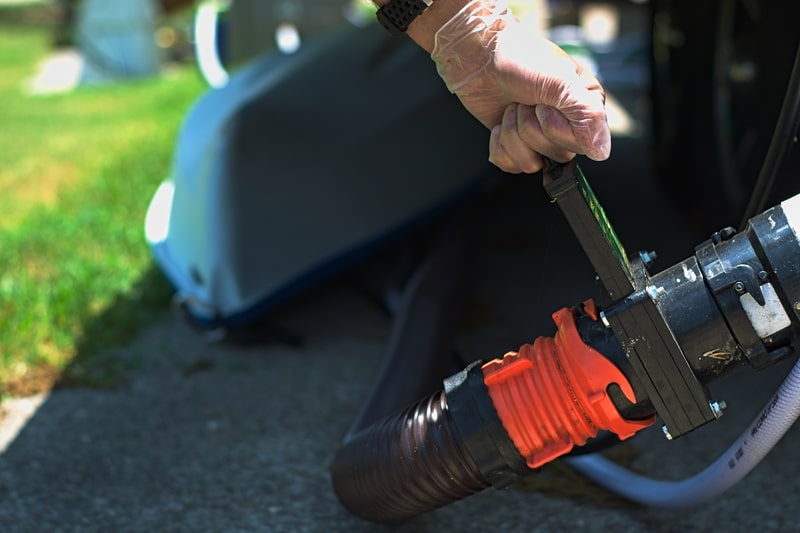
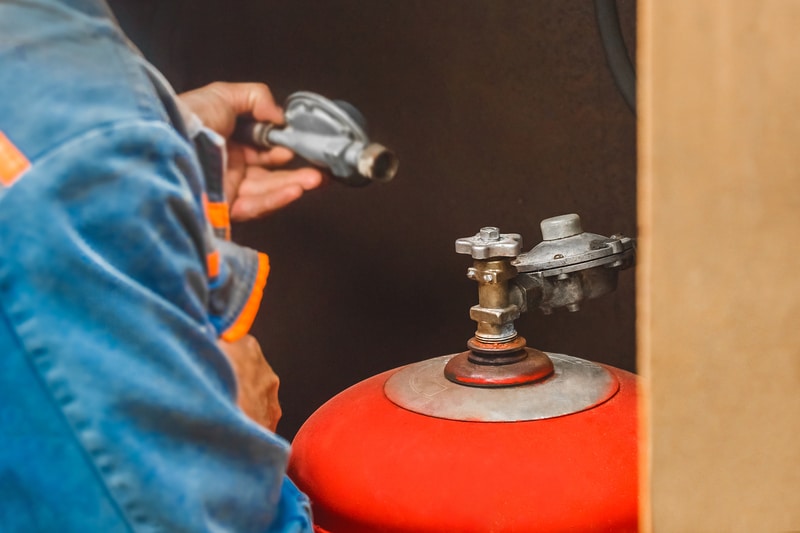
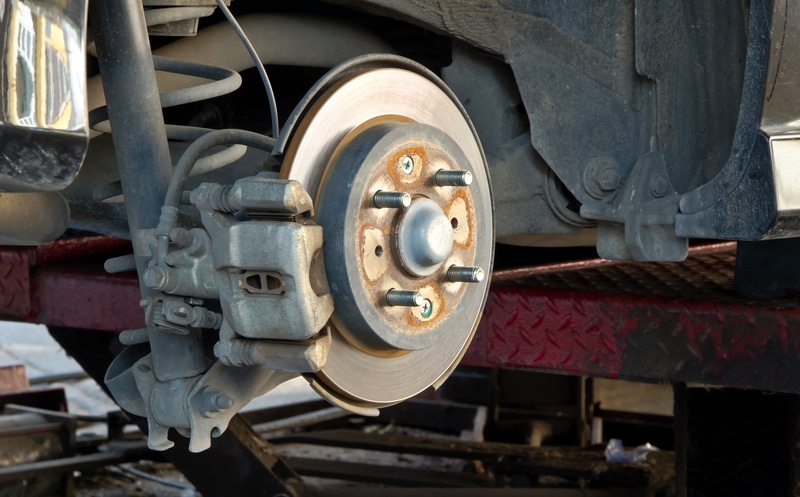
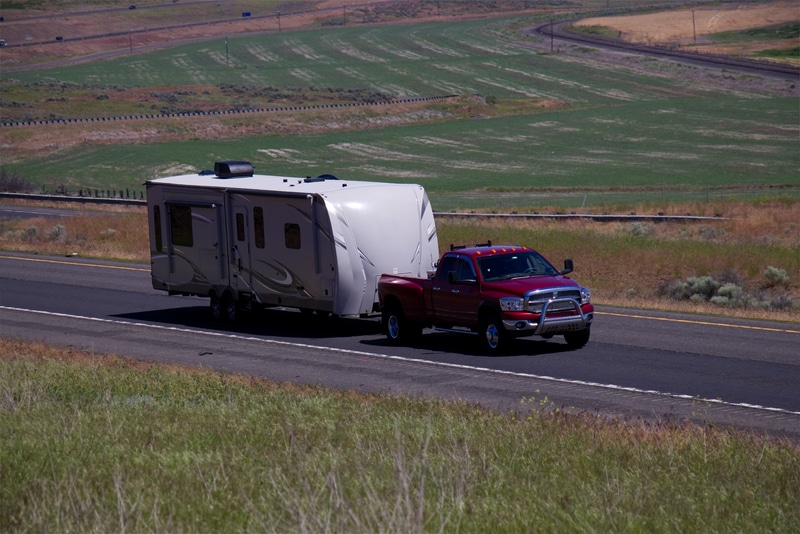
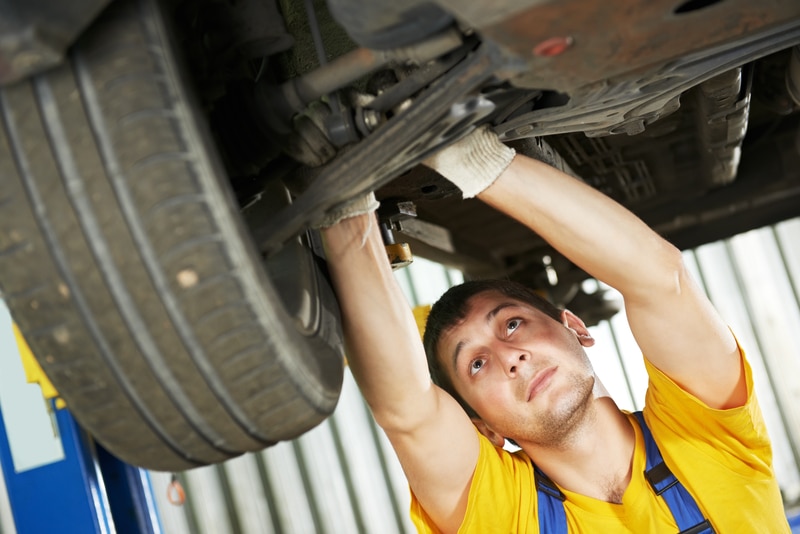

I have a new Northstar 850sc. When lifting the roof it doesn’t seem to go up level. When it is all the way up the front left corner doesn’t seem to be all the way up? Is this normal?